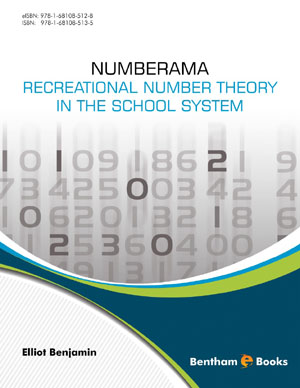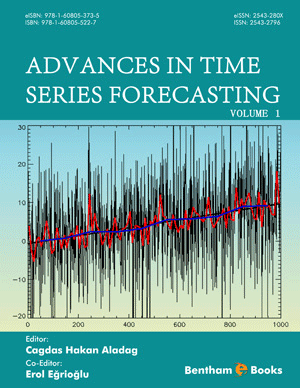Abstract
Chapter 1 comprises the nuts and bolts of Numberama, as it includes all the problems that I have included in Recreational Number Theory as part of my Numberama program. Each problem has the designated skill level required, and the problems begin with the Subsets and Circle problem, which utilizes only addition and subtraction, though a knowledge of basic algebra would be required for middle school or high school students to understand the algebraic formulations of this problem. Early in the sequence of problems I go to the Perfect Numbers problem, which admittedly is my favorite problem, and requires a knowledge of multiplication and division, along with once again a knowledge of basic algebra for the same purpose as the Subsets and Circle problem. The learning and teaching strategies that I have included in the Perfect Numbers problem are especially effective in awakening students to the mystery, surprise element, and beauty inherent in our number system, as well as developing an understanding of mathematics as an exciting open-ended field of study with unknown problems that can be worked on with high level computers. Later on in my sequence of problems, one encounters the Sums of Squares problem, which goes back to Fermat, one of the original founders of Number Theory, and once again is an excellent way to develop an appreciation in students of the beauty and mystery involved in our number system. Taken as a whole, these problems from Recreational Number Theory that I have chosen to utilize in my Numberama program can serve as the “magic” needed to demonstrate the inherent joy of mathematics to our students in the school system—and to people of all ages.












